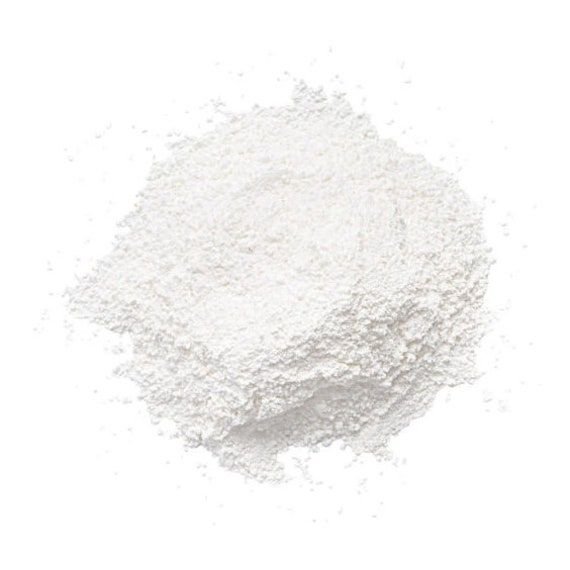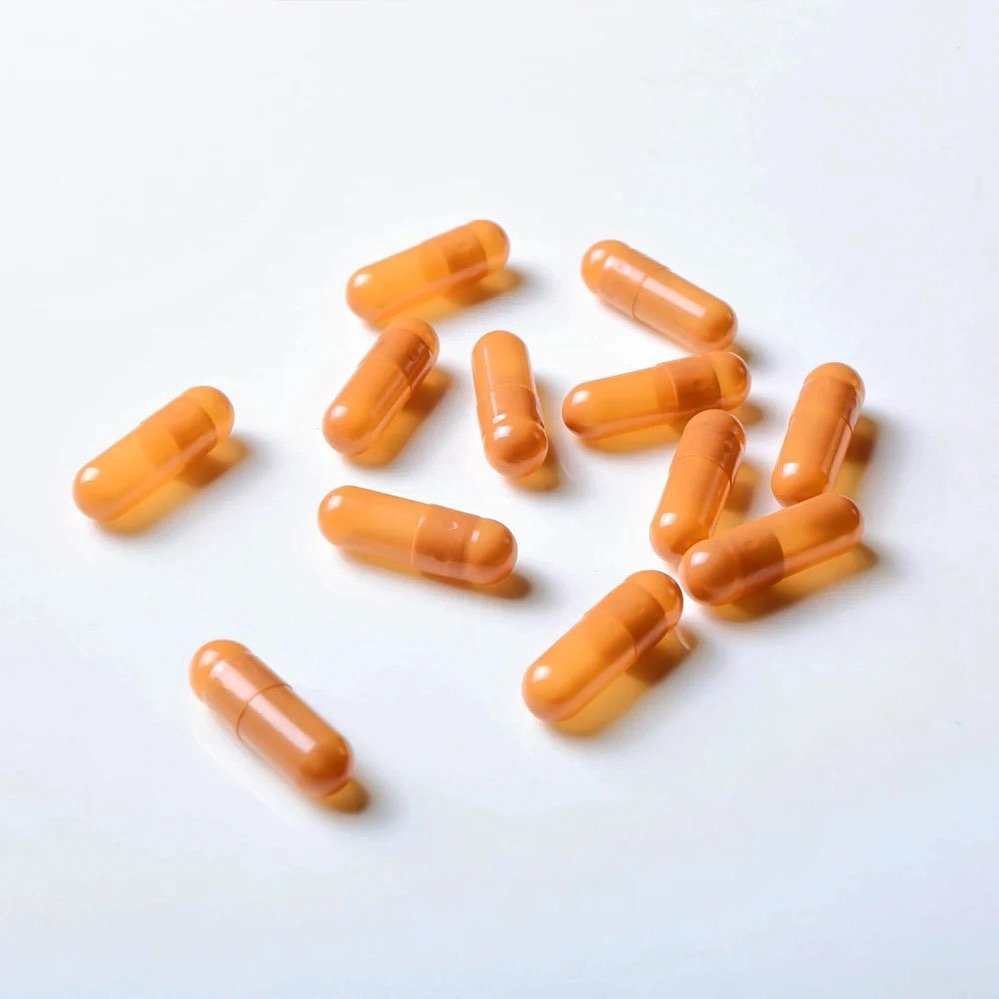
The global nutraceutical market is on track to reach an impressive USD 5.75 million, with a consistent annual growth rate of 7.73% projected from 2019 to 2026 (1). Recent years have witnessed a significant surge in diseases, prompting individuals to pay closer attention to their nutritional choices and dietary habits. Health-conscious consumers are now making deliberate dietary decisions as part of preventive healthcare to counteract the negative impacts of our fast-paced modern lifestyles. With the global elderly population on the rise, there is an increasing demand for nutraceutical excipients to support preventive healthcare and enhance health outcomes.
Consumers are actively seeking supplements to combat chronic conditions such as high cholesterol, diabetes, and hypertension, driven by increased education and awareness about healthy eating and lifestyle choices. This growing interest presents an excellent opportunity for excipient suppliers to meet the rising demand.
In this article, we will explore what nutraceutical excipients are and the various forms they come in.
Nutraceutical Excipients: What Are They?
The term “nutraceutical” combines “nutritional” and “pharmaceutical,” often categorizing these products as “functional foods.” Nutraceutical excipients play a pivotal role as non-active components used alongside Active Pharmaceutical Ingredients (APIs) to enhance the volume of solutions containing potent active components. These specialized excipients have a specific role in standardized and pharmaceutical-grade supplements.
The nutraceutical excipient market has felt a significant impact due to the relentless rise in healthcare costs. Several factors contribute to this surge in medical expenses, including the excessive utilization of medical tests and procedures, a lack of transparency in the quality and pricing of medical products and services, and the adoption of new treatment methods and technologies.
Increasing Demand for Nutraceutical Excipients
In 2016, healthcare spending in the United States surged by 4.3%, reaching a staggering USD 3.3 trillion, which translates to roughly USD 10,348 per person (2). This spike in healthcare costs has played a significant role in driving the remarkable growth of the nutraceutical excipients market, as consumers increasingly seek nutraceutical products.
The market offers a wide array of nutraceutical products, including antioxidants, probiotics, prebiotics, dietary supplements, and more. A 2014 study found that various types of nutraceuticals, such as minerals, dietary fibers, antioxidants, and vitamins, when combined with regular physical exercise, showed promise in benefiting cardiovascular health (3). This progress in the nutraceutical industry goes hand in hand with the expansion of the nutraceutical excipients market. Furthermore, the growing consumer demand for nutraceutical products and the escalating healthcare costs have been major driving forces behind the rise of the nutraceutical excipient market.
Exploring Various Nutraceutical Excipients
Nutraceutical excipients encompass a wide range of types, each with a specific function. These types comprise flavoring agents, lubricants, disintegrates, coating agents, binders, fillers, and diluents.
Flavoring Agents
The taste of a product can significantly sway its appeal to consumers, determining whether it becomes a hit or a miss. Flavoring agents take an active and crucial role in enhancing the taste of various products. They offer an extensive range of natural options, deriving flavors from sources such as wine, vegetables, spice blends, seafood, nuts, and fruits. Additionally, synthetic flavorings come into play, aiming to replicate these natural flavors. These synthetic alternatives encompass alcohols with medicinal or bitter undertones, pyrazines, ketones that contribute a caramel essence, terpenoids infusing pine or citrus notes, phenolics delivering a smoky taste, and esters imparting a fruity flavor. The primary role of flavoring agents involves actively concealing undesirable tastes while enriching the overall palatability of the product.
Lubricants
Lubricants play a crucial role in nutraceutical product manufacturing by serving multiple purposes actively. They prevent ingredients from sticking to the capsule filling machine or tablet punches, effectively preventing clumping. Additionally, lubricants actively facilitate the smooth formation of tablets by reducing friction between the die and solid walls. Hard gelatine capsules or tablets commonly utilize lubricants such as stearic acid, magnesium stearate, vegetable stearin, silica, and talc. While these lubricants are essential for enhancing manufacturability, maintaining precise lubrication levels becomes paramount, as excessive lubrication can result in delayed dissolution and softer tablets.
Disintegrates
Disintegrates are excipients that expand and dissolve when they come into contact with moisture. This expansion leads to the rapid disintegration of tablets in the digestive tract, allowing for the release and absorption of active ingredients. Disintegrates enable tablets to break down into smaller pieces upon contact with liquids. Commonly used disintegrates include cellulose and starch-based excipients such as microcrystalline cellulose, partially pregelatinized starch, and corn starch.
Coating Agents
Coating agents play a crucial role in making tablets with unpalatable flavors easier to swallow and protect tablet ingredients from moisture in the air. For coated tablets, a cellulose ether HPMC (hydroxypropyl methylcellulose) film coating is often applied, which is also allergen-free and sugar-free. Other coating materials like corn protein zein, shellac, synthetic polymers, and polysaccharides are occasionally used. In the case of capsules, gelatin is commonly used for coating.
Enteric Coatings
Enteric coatings are responsible for controlling the release time and location of drug ingredients within the digestive tract. These coatings are often composed of plant fibers, plastics, shellac, waxes, and fatty acids.
Binders
Binders serve the crucial role of holding together the ingredients in tablets. They ensure the creation of granules and tablets with the necessary mechanical strength and volume, particularly in low-dose tablets. Binders are categorized based on their application: solution binders dissolve in a solvent, including polyethylene glycol, sucrose, starch, polyvinylpyrrolidone, cellulose derivatives, cellulose, and gelatin. Dry binders are mixed with the powder blend, either as part of a direct powder compression (DC) formula or after a wet granulation process. Examples of dry binders include polyethylene glycol, polyvinylpyrrolidone, methylcellulose, and cellulose.
Fillers and Diluents
Diluents, also known as fillers, are responsible for increasing the weight, volume, or dosage form in nutraceutical products. They often constitute a significant portion of the dosage form. The chemical and physical properties of diluents are critical factors in manufacturing and product performance. Examples of diluents include calcium carbonate, kaolin, and sorbitol, which are available in both water-soluble and water-insoluble forms.
Nutraceutical Excipient End Products
Nutraceutical excipient end products come in a variety of forms, including both dry and liquid options. Let’s explore some of these products:
Prebiotics
Prebiotics are supplements designed to promote the growth of beneficial bacteria in your gut. They typically contain fermentable fiber, which serves as nourishment for good bacteria like bifidobacteria and lactobacilli. What sets prebiotics apart from probiotics is their resilience to acidity and heat; they remain highly stable and do not consist of live bacteria.
Probiotics
Probiotics, on the other hand, consist of live yeast and beneficial bacteria that play a vital role in maintaining a healthy digestive system. You can find probiotics in foods like yogurt or as dietary supplements. They come in various types, including saccharomyces boulardii, Bifidobacterium, and lactobacillus.
Proteins and Amino Acids
Protein powder and amino acid supplements deliver unique advantages. Protein powders supply extra calories, elevate overall protein intake, promote muscle growth, and foster a well-rounded diet. On the flip side, amino acids zero in on specific and varied aspects of your metabolism. Certain amino acids enhance muscle performance, while others impact brain chemicals. These supplements find particular favor among fitness and sports enthusiasts.
Minerals
Mineral-based nutraceutical products play a crucial role in maintaining overall well-being and proper bodily function. They contribute to strong bones, muscles, and the optimal functioning of the brain and heart. You can find mineral supplements in various forms, including liquids, powders, chewable tablets, and pills. Examples of essential minerals include sulfur, sodium, potassium, phosphorus, magnesium, chloride, and calcium.
Vitamins
Vitamins stand out as some of the most sought-after supplements, with multivitamins, Vitamin B, Vitamin C, and calcium enjoying significant popularity. These supplements offer an array of benefits: calcium bolsters bone health, Vitamin D enhances calcium absorption, and antioxidants such as Vitamin C and E act as safeguards against cell damage while contributing to overall well-being. Vitamin supplements are available in diverse forms, frequently customized to cater to specific purposes and target demographics, such as multivitamins designed for women. Given the difficulties of obtaining all essential nutrients solely from one’s diet, vitamin supplements have garnered growing popularity.
Omega-3 Fatty Acids
Omega-3 fish oil supplements are another well-liked option, known for their benefits in promoting heart health and overall well-being. They contain both eicosapentaenoic acid (EPA) and docosahexaenoic acid (DHA). While generally considered safe, it’s important to consult with a healthcare professional before consuming them in higher dosages.
In Conclusion
The nutraceutical supplement market has experienced remarkable growth in recent years, and this upward trajectory is expected to continue. As people become more health-conscious, the demand for nutraceutical products is likely to surge. With busy lifestyles making it challenging to maintain optimal nutrient intake through diet alone, the nutraceutical industry offers a valuable solution. It also presents significant opportunities for nutraceutical excipient manufacturers and suppliers to meet the rising demand for these products.




